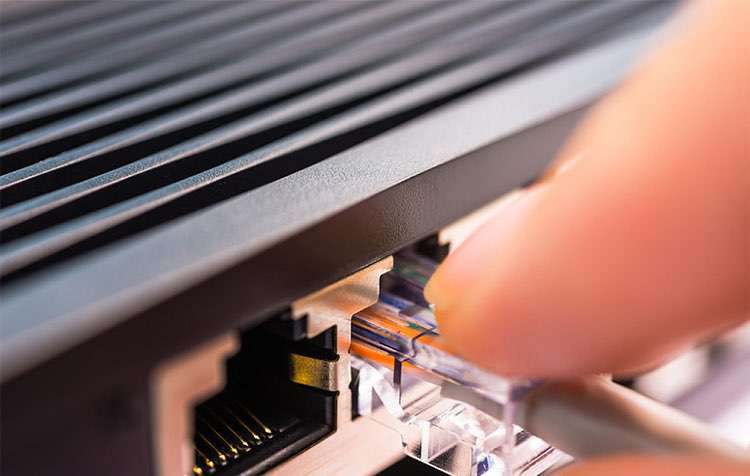 Author: Joey Wan
Author: Joey Wan  January 19,2021
January 19,2021
With the advent of the information age, almost every household and every unit needs to use a network cable. Now there are Cat5, Cat5e, Cat6, Cat6a, so many kinds of network cables, how should we choose? Rj45 connectors are added to the head and end of the network cable, usually called patch cords. They have many similarities, but there are also differences.
| Cat6 | Cat6a | Cat5 | Cat5e | |
|
Frequency |
Up to 250 MHz |
Up to 500 MHz |
Up to 100MHz |
Up to 100MHz |
|
Theoretical Top Speed |
10 Gbps over 33-55 meters (110-165 feet) of cable |
10 Gbps over 100 meters (330 feet) of cable |
100Mbps |
1000Mbps |
|
Maximum Cable Length |
100 meters for slower network speeds (up to 1,000 Mbps) and higher network speeds over short distances. For Gigabit Ethernet, 55 meters max, with 33 meters in high crosstalk conditions. |
100 meters across all systems and conditions for Gigabit Ethernet. |
100 meters, |
100 meters, Less crosstalk/interference than CAT5. Potentially more interference than CAT6. |

From the structural point of view, Cat5 cable and Cat5e cable are the same, consisting of 4 pairs of twisted pairs. It can be seen from the table that the transmission speed of Cat5e will be faster than that of Cat5. Cat6 and Cat6a are 4 pairs of twisted pairs plus crosses. Copper conductors are also divided into stranded and solid, stranded type conductor is more flexible than solid.
The main difference between Cat5e and Cat6 is the transmission performance. Cat6 cable has a cross inside, which can effectively reduce interference, lower return loss and insertion loss, making the transmission signal clearer, complete, and better.

In general, Cat5e can be selected for network bandwidth below 100M, and Cat6 or Cat6a can be used when the network is upgraded to over 100M. Therefore, cat5e, cat6, and cat6a are the most widely used network cables.
JZD cable is a wire and cable manufacturer with more than 20 years of production experience. We provide various types of wires and cables. Welcome to contact us to learn more about our products.
